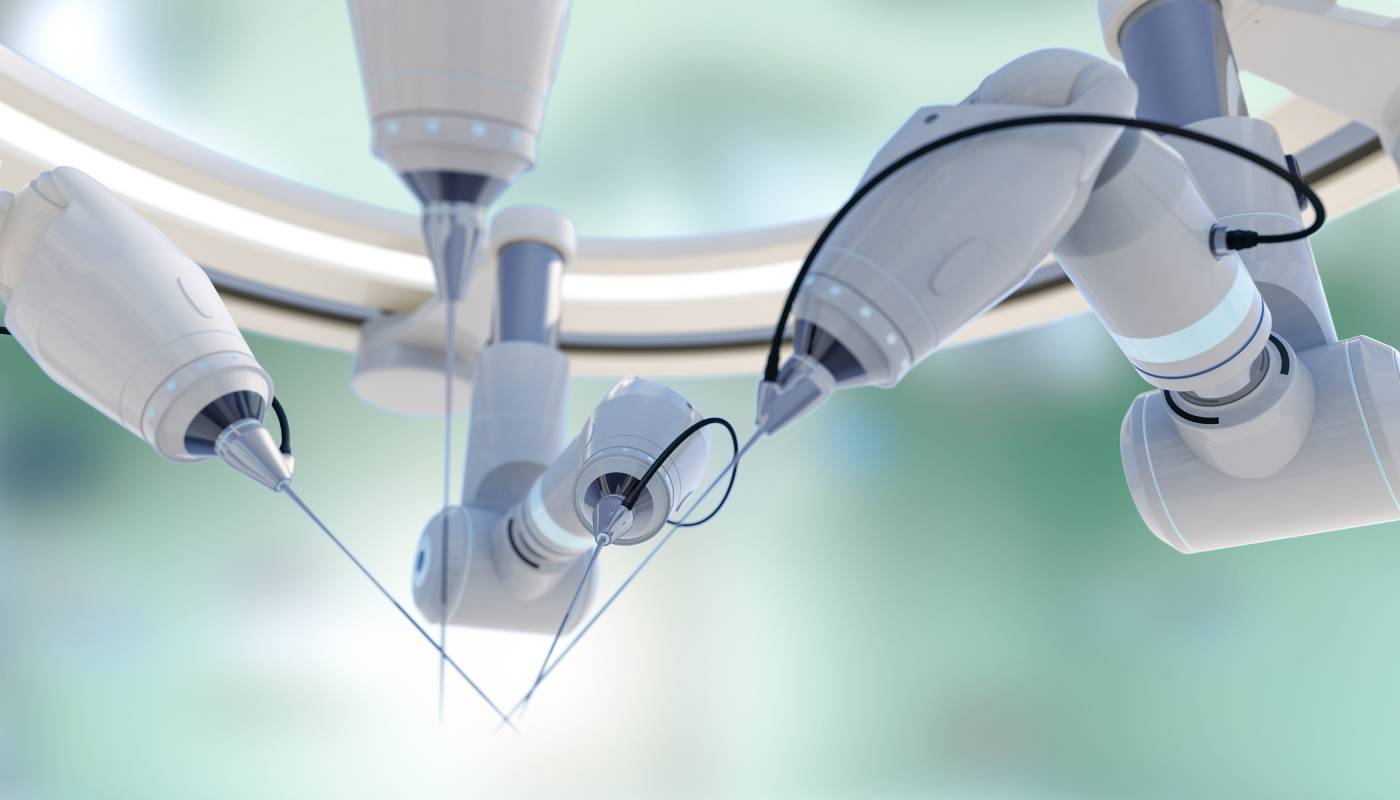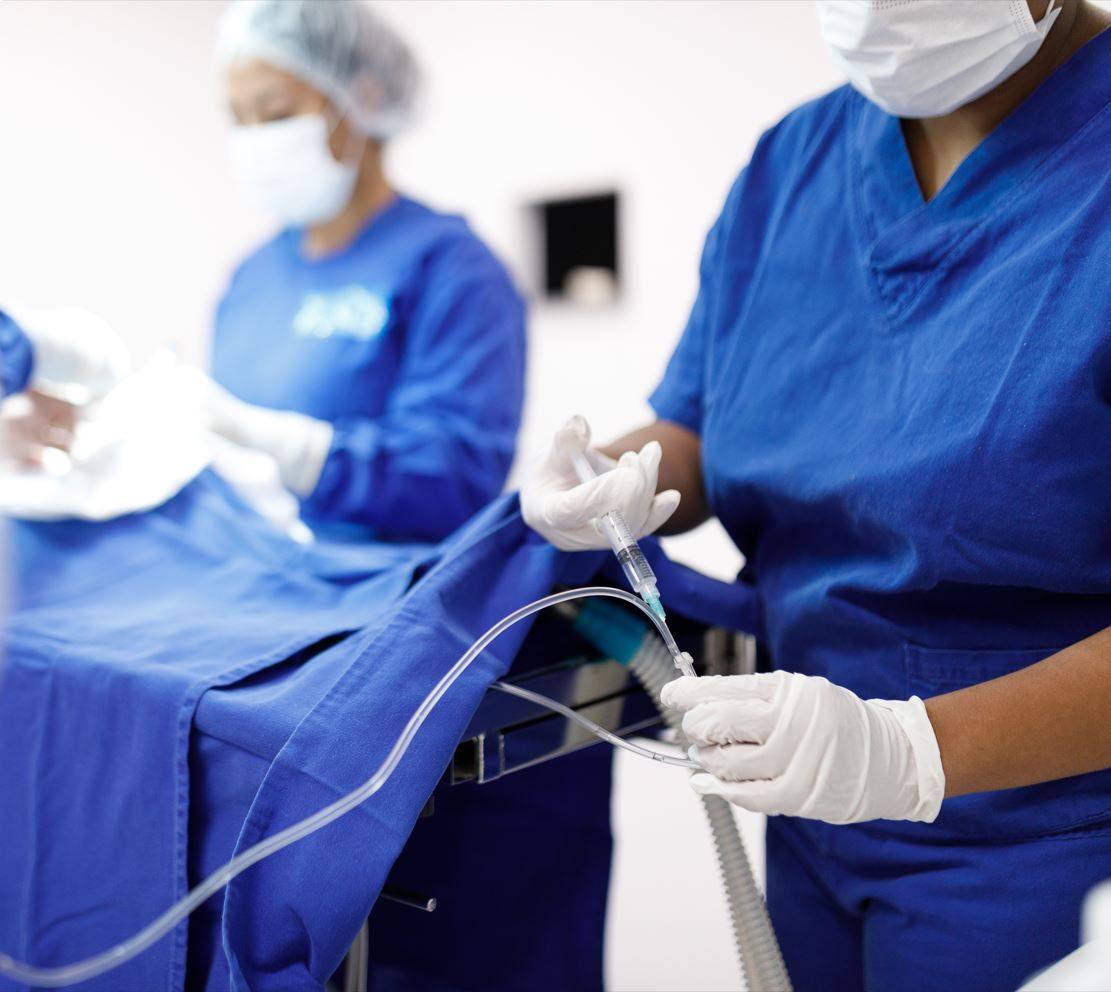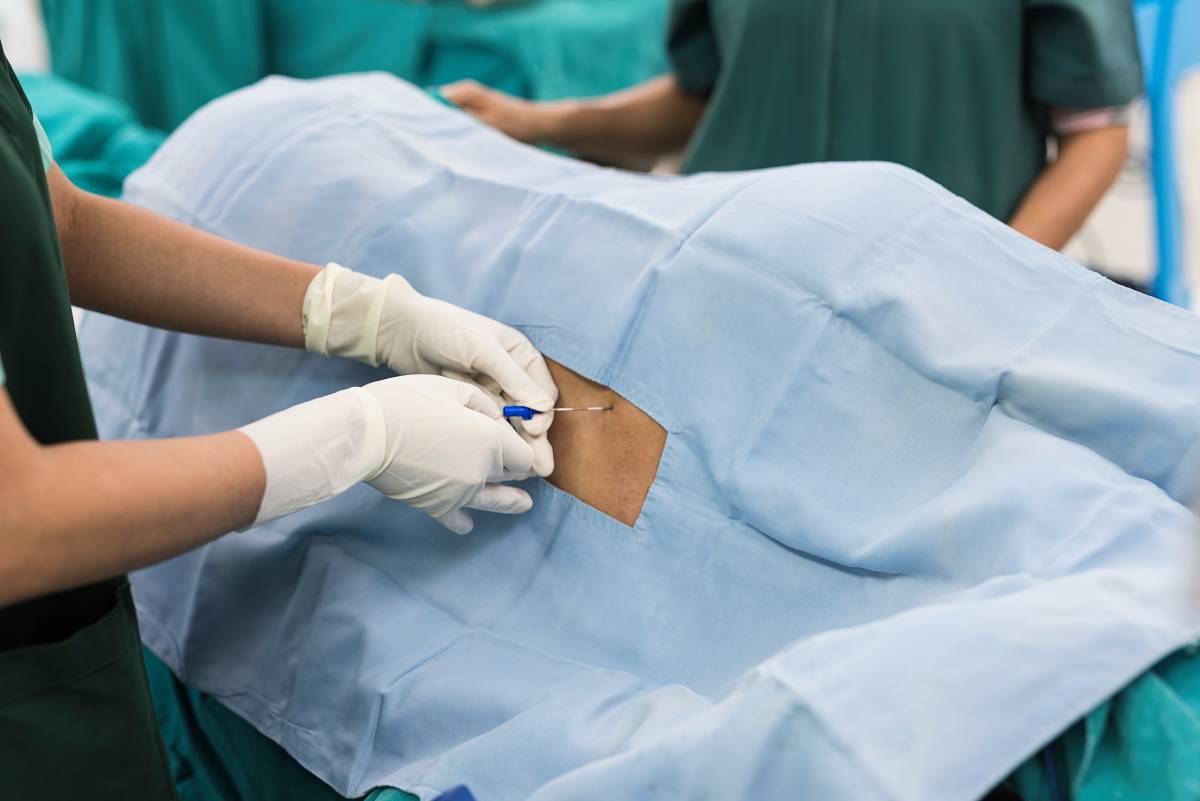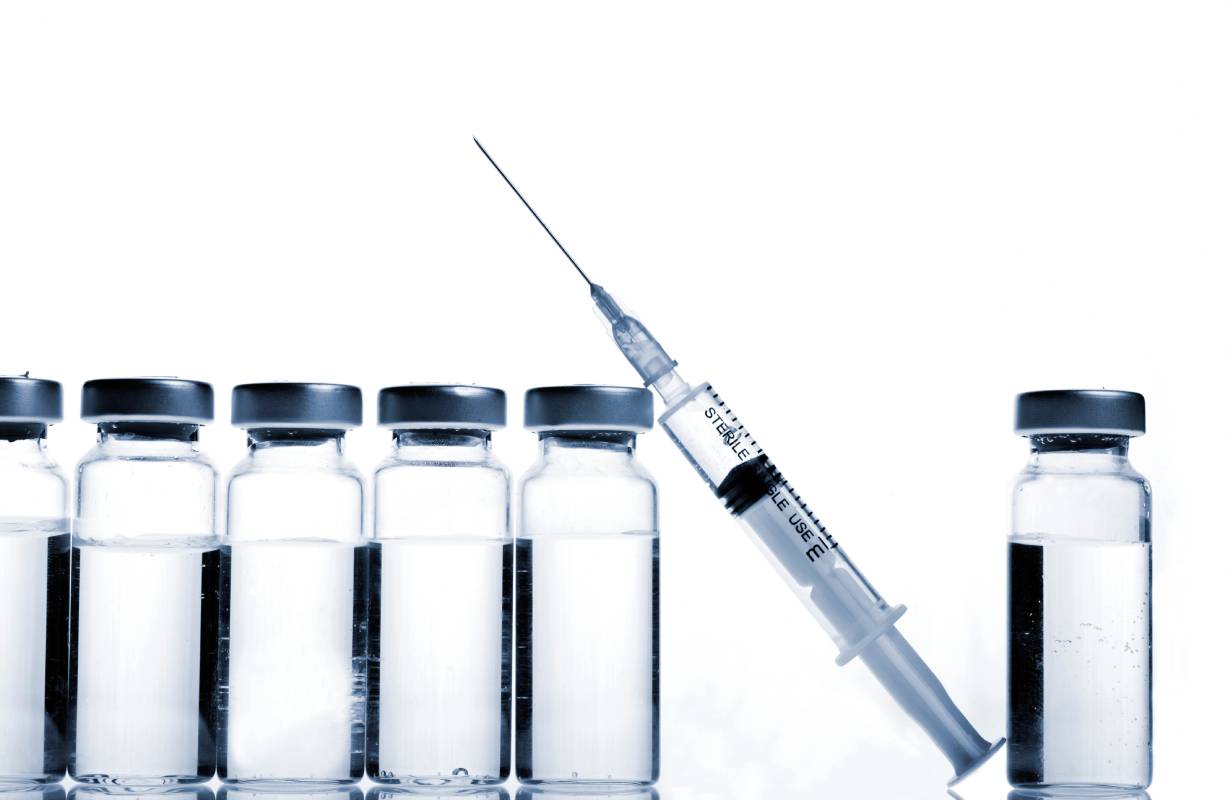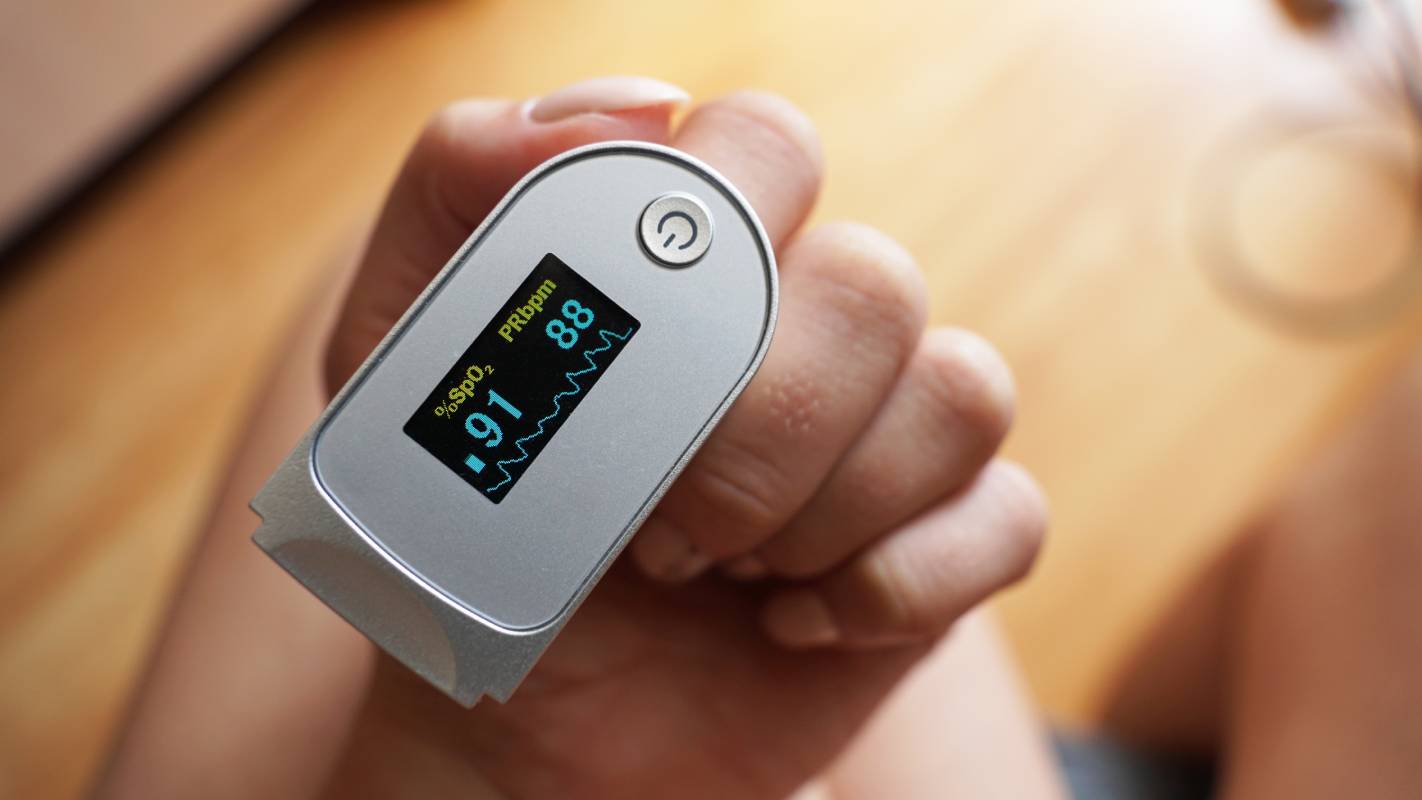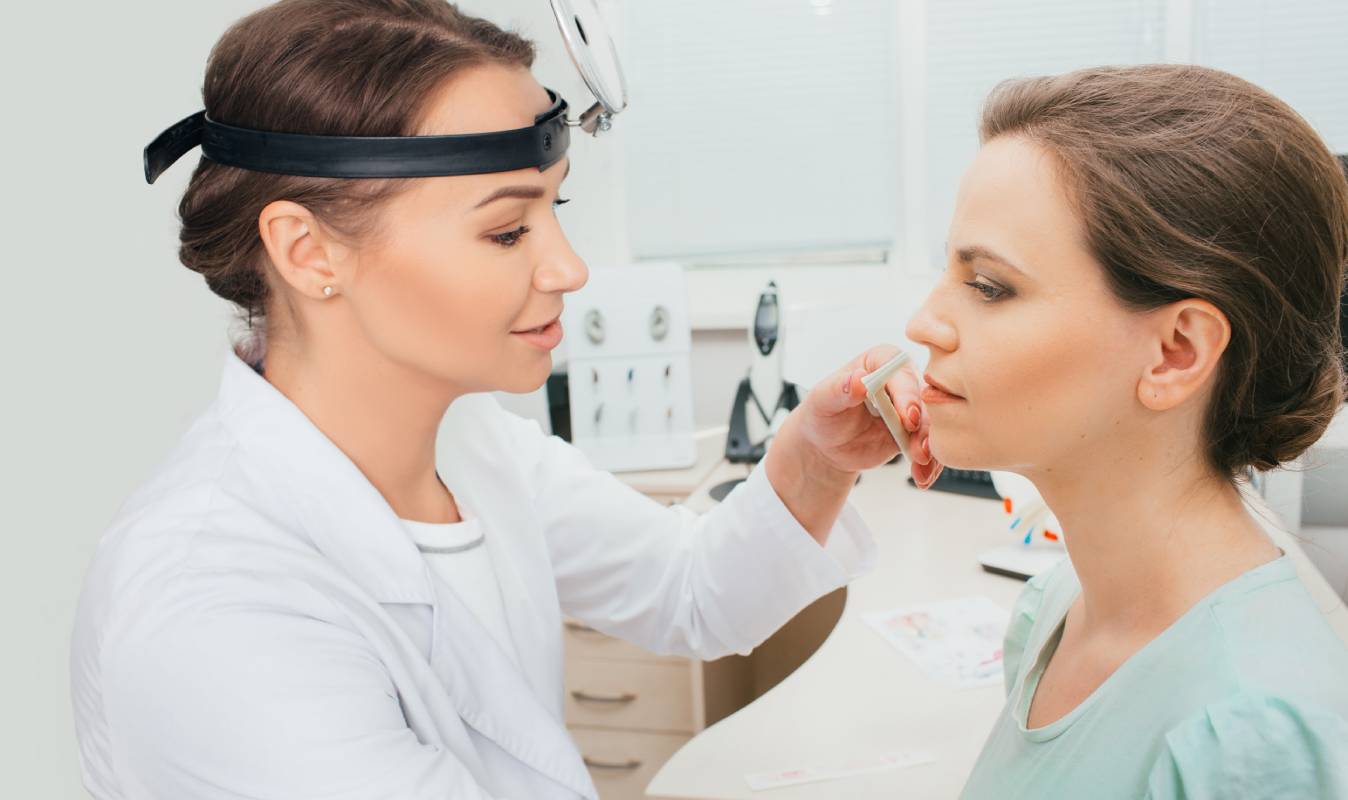Getting a good night’s rest before undergoing surgery can help reduce the levels of postoperative pain that you experience and even protect you from developing chronic postoperative pain (1). Sleep and pain have a bidirectional relationship that has been well-established in the medical literature. A decline in sleep quality correlates with an increase in the risk of developing new pain and experiencing an increase in existing pain, while existing pain can also diminish sleep quality (4). Discerning the various factors that can exacerbate acute and chronic pain after surgery is essential for improving the quality of life for patients and developing better methods of pain management. One potential step toward the ongoing goal of reducing pain and improving patient comfort postoperatively is emphasizing the importance of sleep before surgery.
Eighty percent of surgery patients experience moderate to severe pain immediately after undergoing an operation, and the majority of these patients are still experiencing pain when they are discharged from the hospital (1). As many as ten to fifty percent of patients, furthermore, can develop chronic pain as a result of surgery (1). Research suggests that disrupted sleep the night before surgery plays a major role in exacerbating the severity of postoperative pain.
In one study, patients with lower sleep efficiency the night before breast-conserving surgery had significantly higher levels of postoperative pain in the weeks following the operation compared to those that did not experience sleep disturbances (5). Accordingly, sleep continuity (having fewer disruptions) appears to have a greater impact on the level of pain a patient experiences after surgery compared to sleep duration (5). This may be because sleep disruption affects the acute stress response that takes place in the body in response to a surgical operation, involving complex interactions between the neuroendocrine, immune, and metabolic systems (5).
While the reciprocal relationship between sleep and pain and the importance of sleep continuity has been well-established, the mechanisms behind the effect that sleep has on postoperative pain are less clear. In another study, the preemptive administration of caffeine to lab rats who had been deprived of sleep prior to a surgical incision prevented the increase in levels of mechanical hypersensitivity and time to recovery that were seen in the control group, who didn’t receive caffeine (1). The results suggest that the neurotransmission of adenosine—a sleep-promoting neuromodulator that affects sleepiness—may play a role in the relationship between sleep and pain. Since caffeine acts as an adenosine receptor antagonist, it may help reduce postoperative pain in rats who were sleep deprived prior to surgery by affecting adenosine-dependent mechanisms.
Improving the quality of sleep for patients before surgery is critical to improving surgical outcomes and quality of life for patients. Non-pharmacological and pharmacological methods can be combined to encourage healthier sleep habits in patients, both before, during, and after their time at the hospital. Practicing good sleep hygiene, relaxation techniques, and CBT and ACT-based therapies for treating insomnia can help combat sleep disturbances and improve sleep quality (4). In the case of patients who need pharmacological treatments for sleep, medications like benzodiazepines or supplements like melatonin may help improve sleep in the short-term (4).
Ultimately, multiple factors affect the severity of postoperative pain, including sociological, demographic, psychological, and biological elements (1). Those who experience surgery-related anxiety due to fear of death, pain, or financial reasons are especially vulnerable to poor sleep the night before surgery. Promoting high-quality sleep through good sleep habits and addressing the sociodemographic factors that may play into poor sleep for a patient can help improve surgical outcomes and prevent patients from developing chronic postoperative pain.
References
- Hambrecht-Wiedbusch, Viviane S et al. “Preemptive Caffeine Administration Blocks the Increase in Postoperative Pain Caused by Previous Sleep Loss in the Rat: A Potential Role for Preoptic Adenosine A2A Receptors in Sleep-Pain Interactions.” Sleep, vol. 40, 9 (2017), zsx116, doi: 10.1093/sleep/zsx116
- Luo, ZY., Li, LL., Wang, D. et al. Preoperative sleep quality affects postoperative pain and function after total joint arthroplasty: a prospective cohort study. J Orthop Surg Res 14, 378 (2019). https://doi.org/10.1186/s13018-019-1446-9
- Mohammad, Hamid et al. “Sleeping pattern before thoracic surgery: A comparison of baseline and night before surgery.” Heliyon vol. 5,3 e01318. 12 Mar. 2019, doi:10.1016/j.heliyon.2019.e01318]
- Sipila, Reetta M. and Eija A. Kalso. “Sleep Well and Recover Faster with Less Pain—A Narrative Review on Sleep in the Perioperative Period.” Journal of Clinical Medicine, vol. 10, 9 (2021). doi: 10.3390/jcm10092000
- Wright, Caroline E et al. “Disrupted sleep the night before breast surgery is associated with increased postoperative pain.” Journal of pain and symptom management, vol. 37, 3 (2009): 352-62. doi:10.1016/j.jpainsymman.2008.03.010


